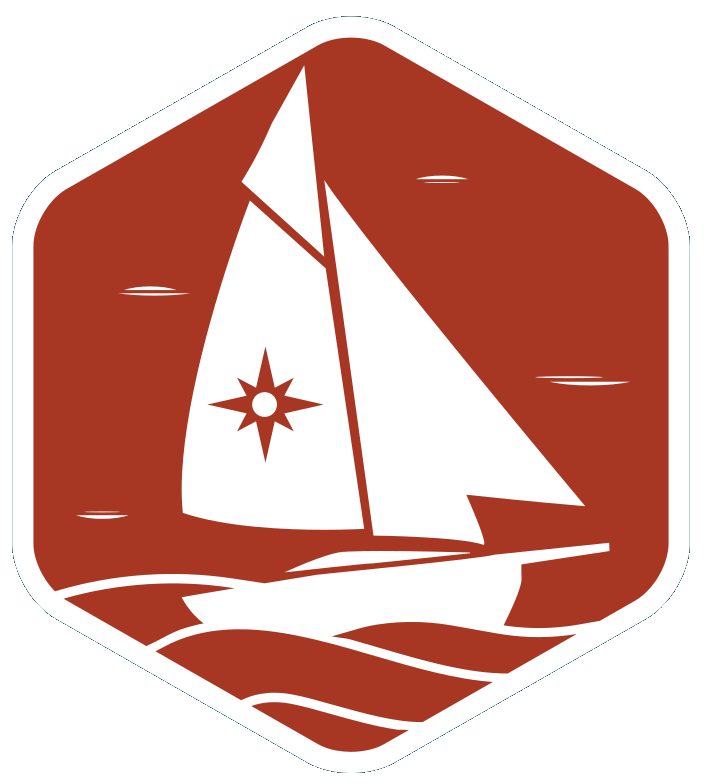2023 Festival Boats
Boats are listed in alphabetical order.
See boats from other years | See this year’s boats
-
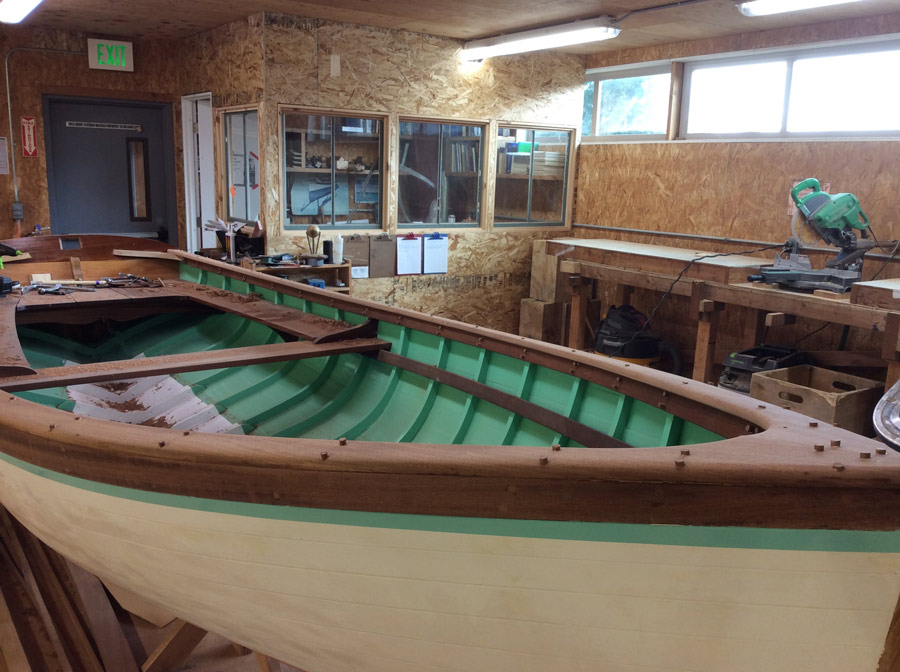
For Sale
Home Port:
Port Hadlock, WAYear Built:
2022LOA:
15'6"Beam:
5'6"Owner:
Northwest School of Wooden BoatbuildingDesigner:
Winer MaloneDesign:
Abaco DinghyType:
Loose Footed MarconiThis Abaco Dinghy was built by students of the Northwest School of Wooden Boatbuilding. The original plans used were from the Apprentice Shop in Maine... -
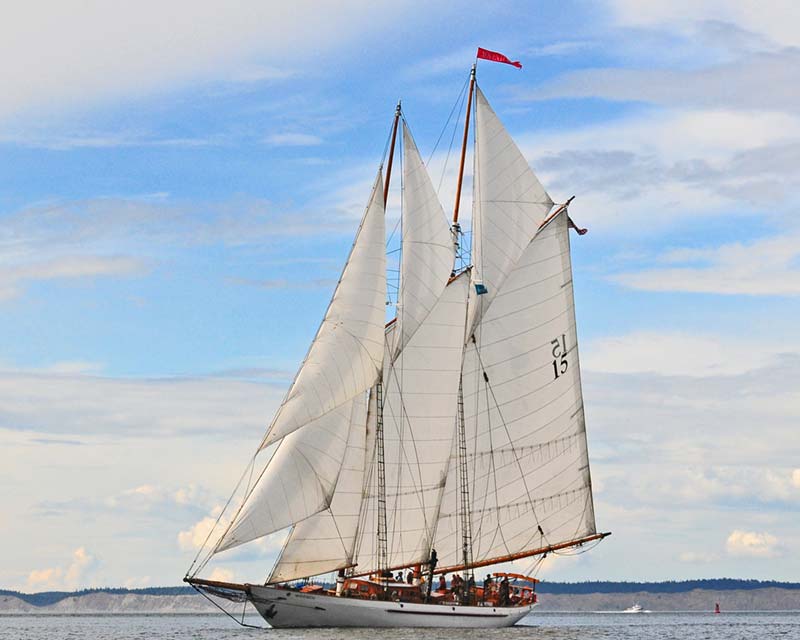
Home Port:
Port Townsend, WAYear Built:
1913LOA:
131Beam:
21Owner:
Schooner Adventuress Sound ExperienceDesigner:
B.B. CrowninshieldDesign:
One-offType:
SchoonerSound Experience sails the historic schooner Adventuress to educate, inspire, and empower an inclusive community that works to improve our marine environment and celebrates our... -
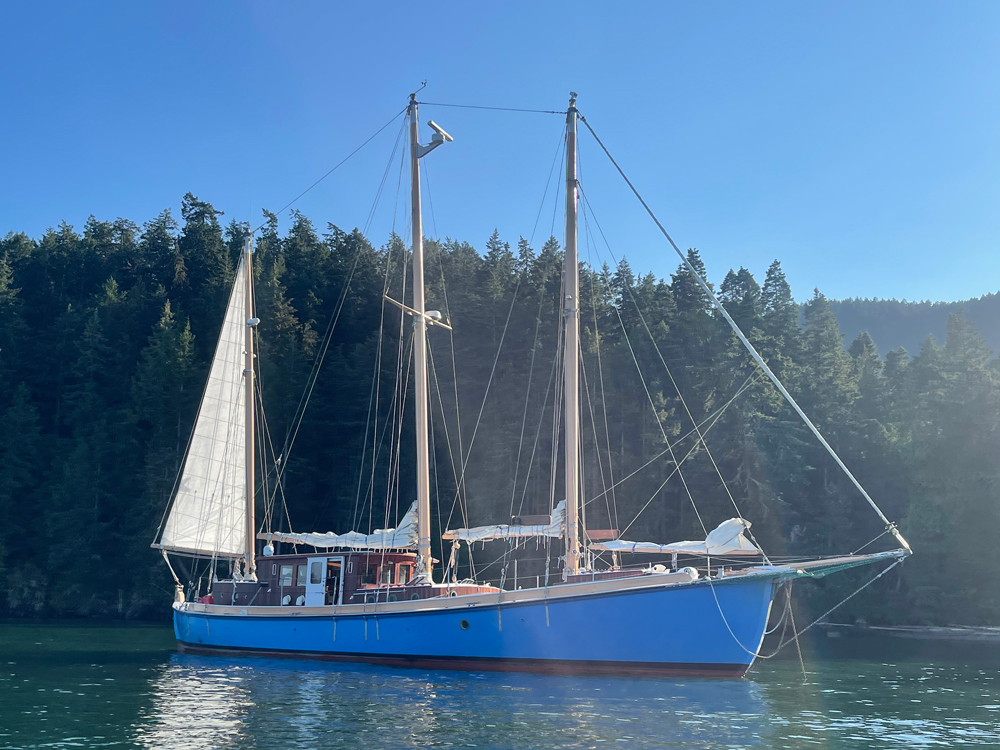
Home Port:
San Juan Islands, WAYear Built:
2003LOA:
64'1"Beam:
17'Owner:
Mark BaxterDesigner:
George BuehlerDesign:
Alca iType:
SchoonerAlca i was inspired by Colin Archer and designed by George Buehler (from Whidbey Island). She was constructed in 2003 to subarctic exploration vessel standards... -

For Sale
Home Port:
Port Townsend, WAYear Built:
1964LOA:
38'Beam:
13'Owner:
Ethan Cook & Mary Dilles CookDesigner:
William GardenDesign:
One-offType:
MotorsailorThe Aleutian Tern was designed in 1963 by the legendary Northwest designer William Garden, for Seattle builder Warren Teller. Teller built her in the yard... -
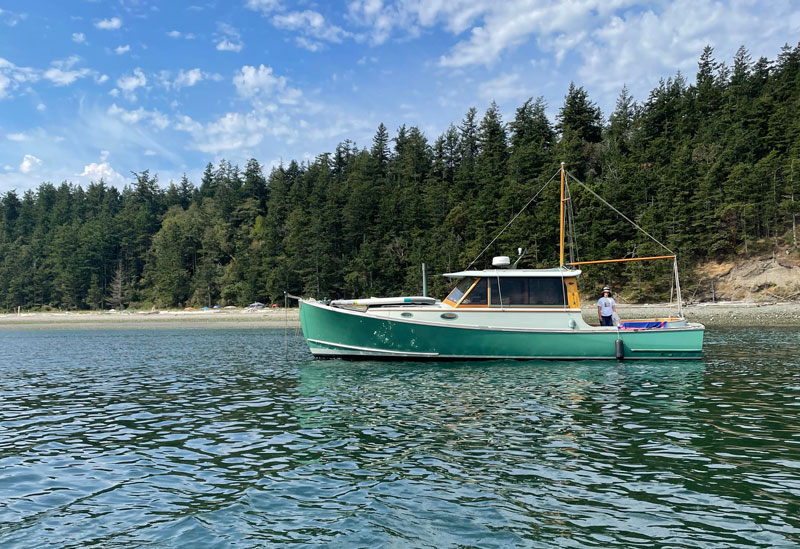
Home Port:
Bainbridge Island, WAYear Built:
2009LOA:
38'10"Beam:
12'2"Owner:
Lynn MortensenDesigner:
Paul GartsideDesign:
One-offType:
PowerThis hull was built with a combination of western red cedar and African mahogany laminations. Powerd by a single Perkis diesel, she cruises at 8-10... -
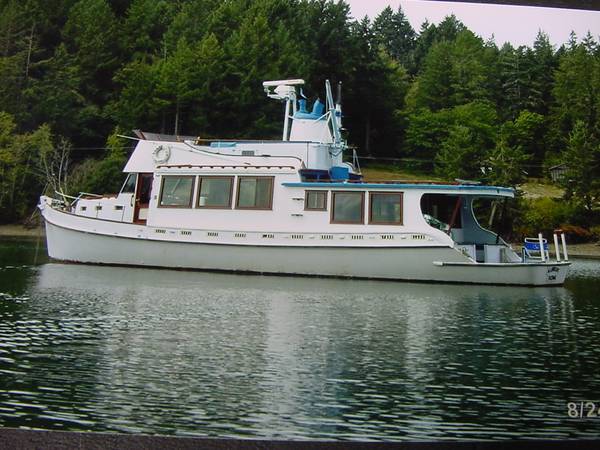
Home Port:
Pleasant Harbor Marina, WAYear Built:
1976LOA:
46'Beam:
12'3"Owner:
Deano FleinerDesigner:
James B AllwrightDesign:
One-offType:
TrawlerOriginal family owned 14' Losvar that was purchased in 1937 from G. Losvar for our our family's beach cabin at Camano Island. The boat built... -
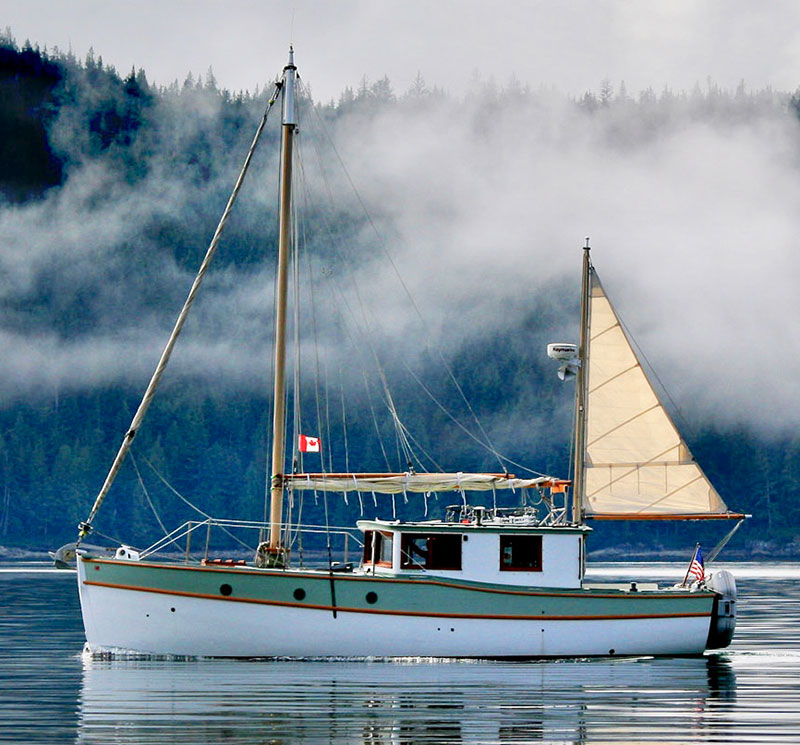
For Sale
Home Port:
Olympia, WAYear Built:
2008LOA:
36'Beam:
11'Owner:
Capt. Peter WilcoxDesigner:
Carl Chamberlan in collaboration with Capt. PeterDesign:
Wilcox 36Type:
Gaff Ketch Petroleum-free MotorsailerAma Natura is a 36’ custom gaff ketch motorsailer built by the NW School of Wooden Boatbuilding, launched at Point Hudson in 2008 and used... -
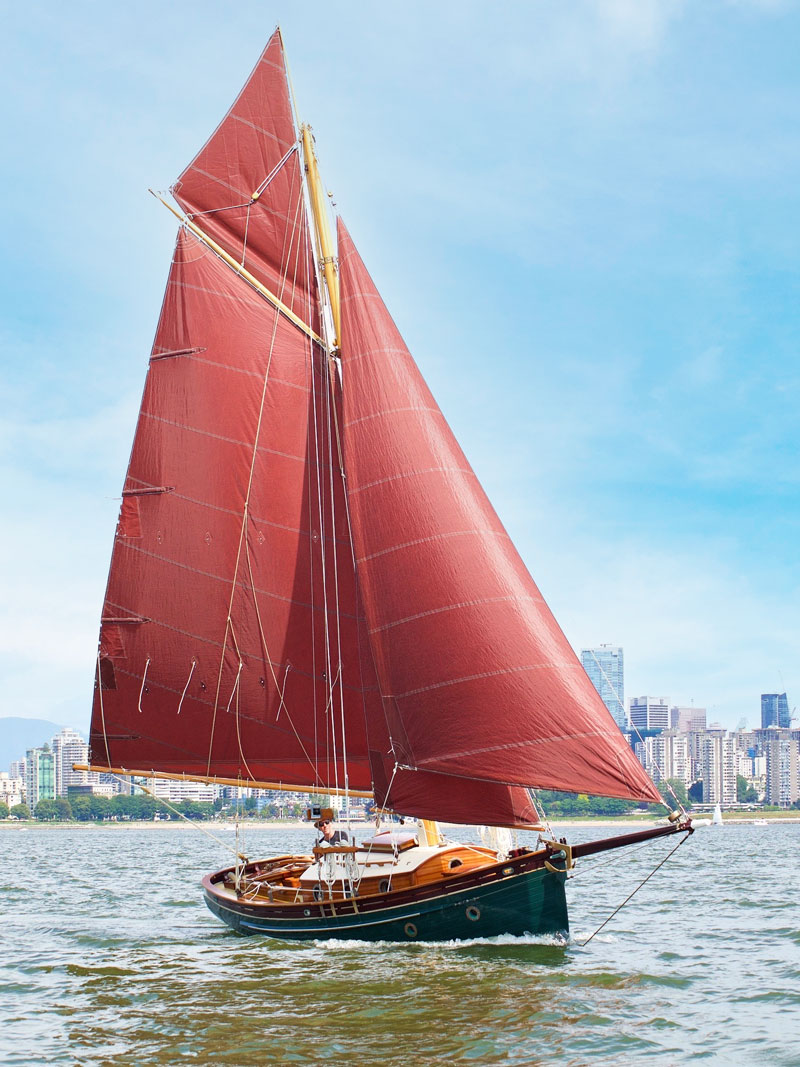
Home Port:
Vancovuer, BCYear Built:
2014LOA:
32'Beam:
8'6"Owner:
Arnt and Valerie ArntzenDesigner:
Roger LongDesign:
23' CutterType:
Gaff Rigged CutterANJA’s design is based on the legendary Bristol Pilot Cutters of Britain. These boats were able to weather strong storms as well as be sailed... -

For Sale
Home Port:
Blaine, WAYear Built:
2021LOA:
18'Owner:
Mia AndrewDesigner:
John BDesign:
Culler sailboatType:
CullerMy Two-masted spirit sailboat was hand-made in Alaska from Sitka spruce with oak and Purple Heart blocks. The plans can be found in the book... -
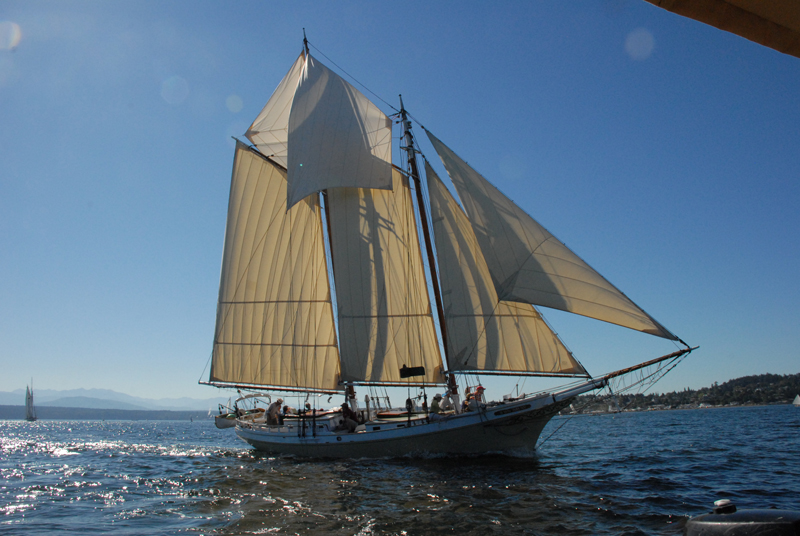
Home Port:
Anacortes, WAYear Built:
2007LOA:
61'Beam:
13'Owner:
Kevin PrattDesigner:
Murray PetersonDesign:
Coaster IIType:
SchoonerRoy Jackson and his wife Dolores took on the 50-60 thousand hour build in their backyard and dedicated weekends and evening over the course of...
-

Home Port:
Friday Harbor, WAYear Built:
1966LOA:
39'9"Beam:
9'6"Owner:
Eben / Richard Shay / ReevesDesigner:
Bill GardenDesign:
UnknownType:
CutterAquila was found on the hard, as a derelict, on Lopez Island, WA, in 2011. Rebuilding her became our complete focus for two and a... -
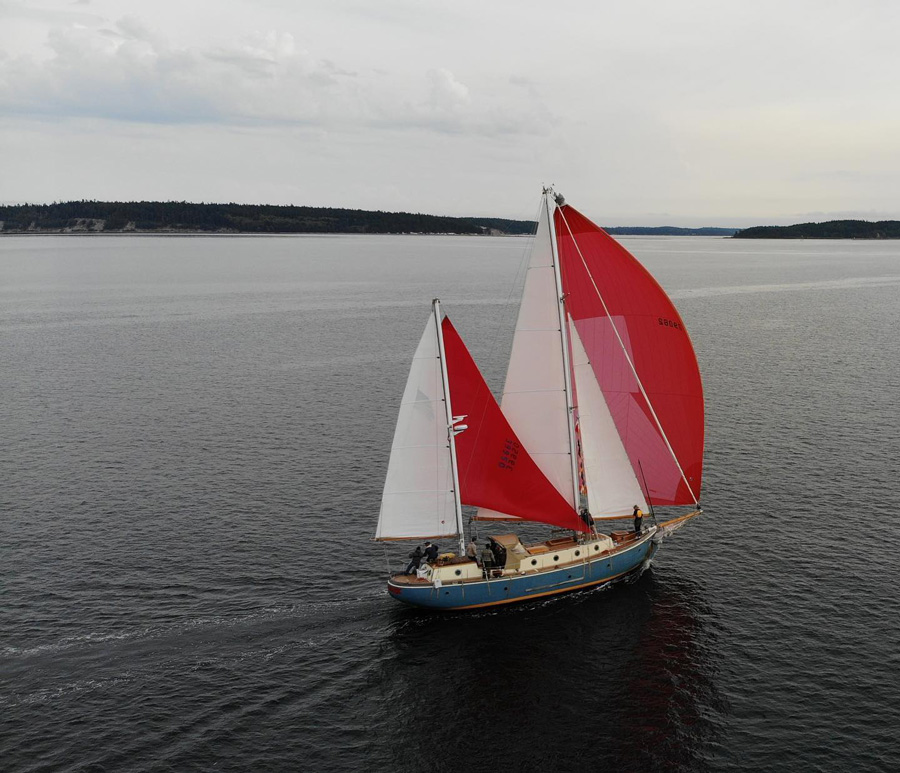
Home Port:
Anacortes, WAYear Built:
1980LOA:
58'Beam:
13'6"Owner:
Christine GranquistDesigner:
Fred PetersonDesign:
One-offType:
KetchAriel of Victoria was built on Vancouver Island in the 1970s at Fred Peterson's yard near Nanaimo of Alaskan yellow cedar on oak frames. The... -

Home Port:
Olympia, WAYear Built:
2020LOA:
19'Owner:
Thomas AllenDesigner:
Chesapeake Light CraftDesign:
Annapolis Tandem WherryType:
RowBad Rabbit was initially a Chesapeake Light Craft Kit pandemic project but since the builder's husband is over 6'5" this tandem hull became his boat.... -
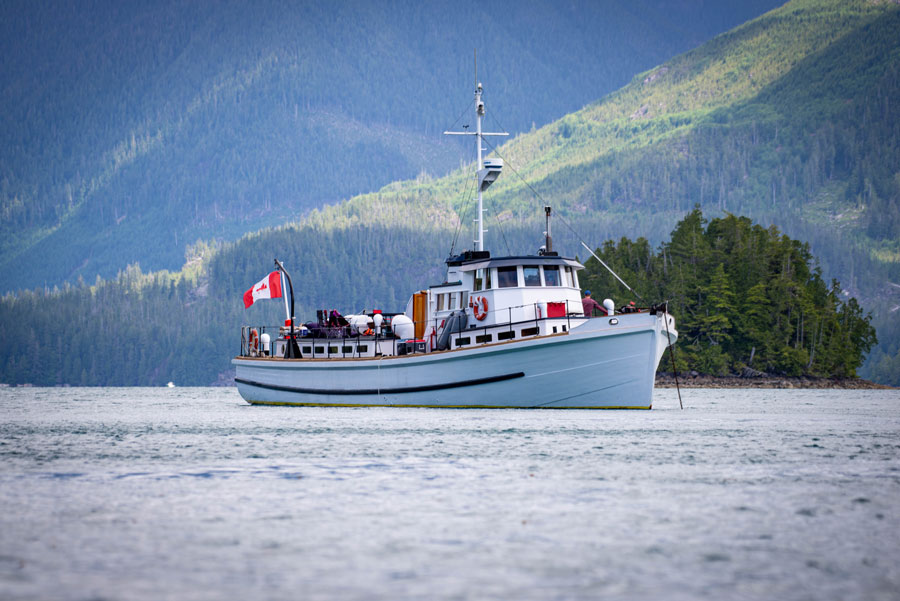
For Sale
Home Port:
Liberty Bay & Port Townsend, WAYear Built:
1955LOA:
75'Beam:
18'6"Owner:
Douglas LudwigDesigner:
UnknownDesign:
UnknownType:
PowerCanadian Forces Auxiliary Vessel (CFAV) Badger (YAG-319) was one of ten wooden YAG-300 (Yard Auxiliary, General) vessels built for the Royal Canadian Navy (RCN) between... -
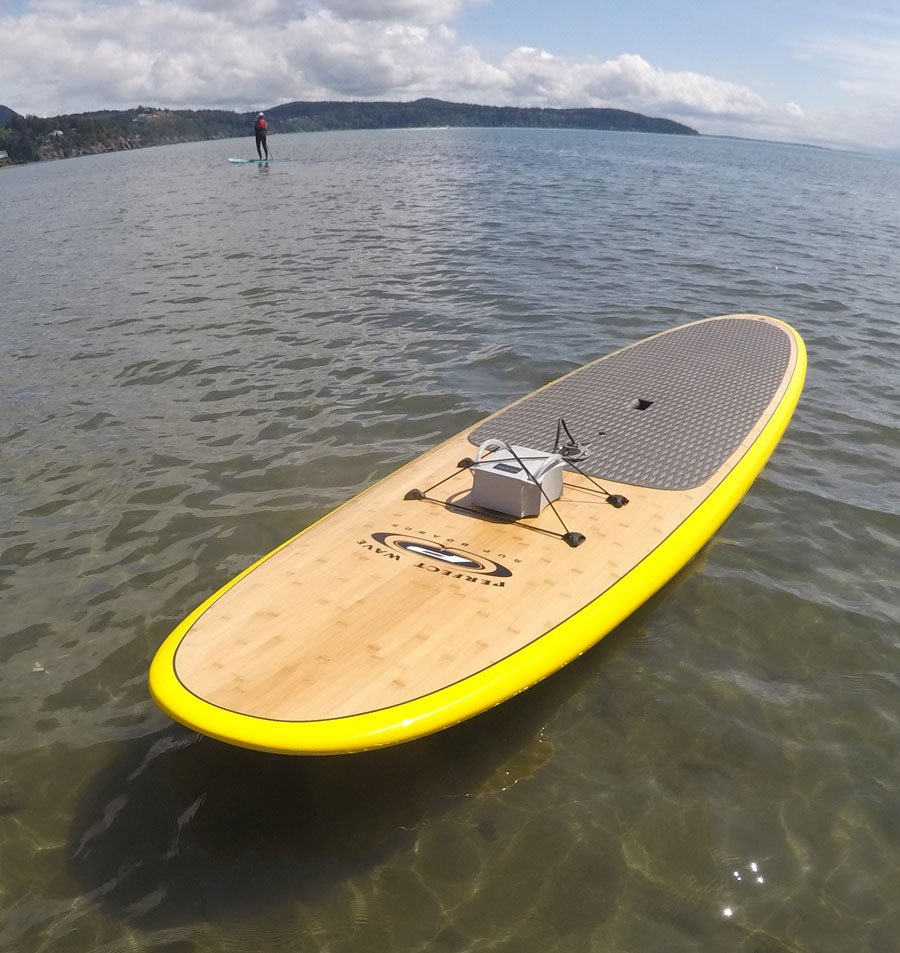
Home Port:
Anacortes, WAYear Built:
2022LOA:
11'6"Owner:
Dan MaharDesigner:
Firefly SUP DrivesDesign:
Firefly SUP DrivesType:
Standup Paddleboard11' 6" surf style standup paddleboard with a Firefly electric drive. This board is outfitted with a 300 watt motor and 324 watt-hour battery providing... -
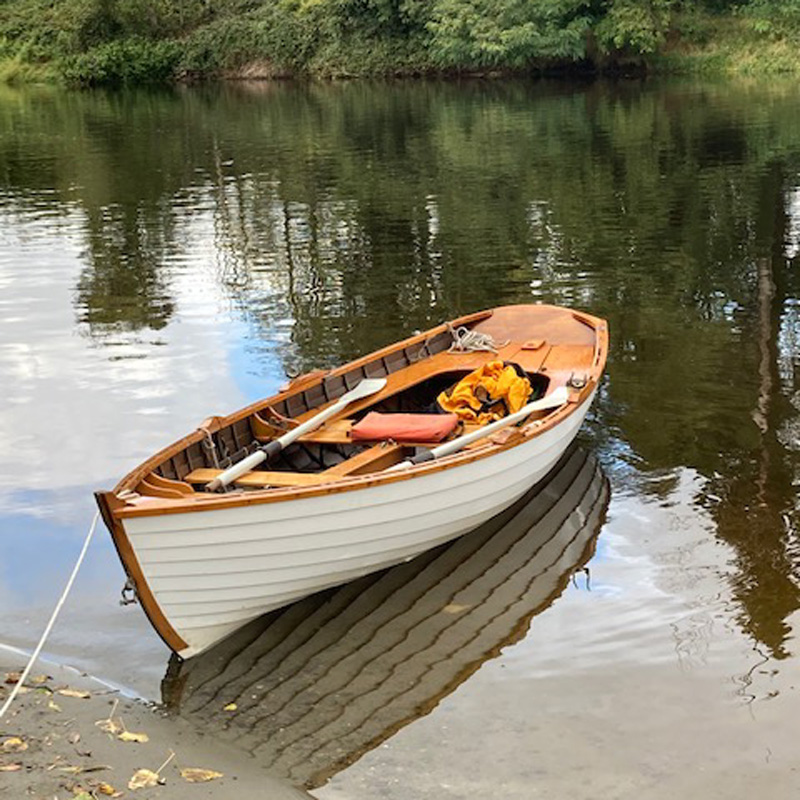
Home Port:
Seattle, WAYear Built:
2000LOA:
18'8"Beam:
4'6"Owner:
Eric HvalsoeDesigner:
Eric HvalsoeDesign:
Hvalsoe 16Type:
Sail & OarThe Hvalsoe 16 is a comfortable and stable rowing boat. Bandwagon began life with a spritsail rig, since converted to a balanced lug yawl. The... -

Home Port:
Cornet Bay, WAYear Built:
2020LOA:
23'Beam:
6'8"Owner:
Tom PeeblesDesigner:
D.N. HylanDesign:
Point Comfort 23Type:
PowerBarquito II is a Chesapeake Bay dead rise skiff with a D.N. Hylan design hull and a builder imagined cabin. She is intended to be... -
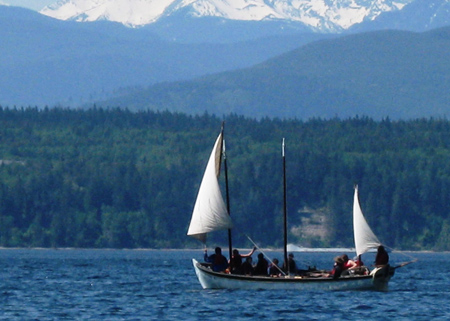
Home Port:
Port Townsend, WAYear Built:
UnknownLOA:
26'Beam:
6'Owner:
Northwest MaritimeDesigner:
UnknownDesign:
Oceanic DoryType:
RowCommissioned by the Wooden Boat Foundation, Bear was built in partnership with Gray Wolf Ranch and the NW School of Wooden Boatbuilding. Greg Foster designed... -
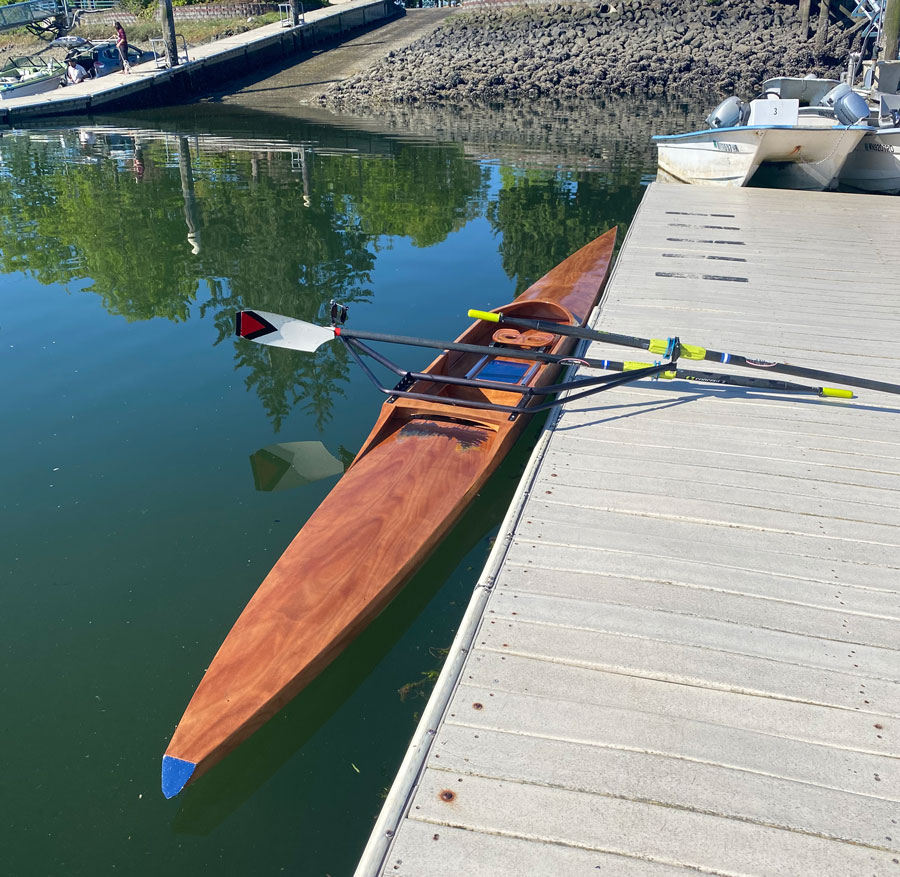
Home Port:
Olympia, WAYear Built:
2022LOA:
21'Owner:
Benjamen WilsonDesigner:
Chesapeake Light CraftDesign:
UnknownType:
RowNo great history other than quality time spent between a father and his sons. Wonderful winter project. Really happy with how out first boat turned... -

Year Built:
2021LOA:
16'Beam:
4'6"Owner:
Center For Wooden BoatsDesigner:
Eric HvalsoeDesign:
Hvalsoe 16Type:
YawlThe Hvalsoe 16 lapstrake dinghy is considered by Eric Hvalsoe to be “the great compromise,” as it both rows and sails well. This craft’s fine... -

Home Port:
Seattle, WAYear Built:
2022LOA:
34'8"Beam:
9'2"Owner:
Karl BischoffDesigner:
Murray PetersonDesign:
SusanType:
SchoonerBISH is a Murray Peterson Susan schooner. Port Orford Cedar on steam-bent white oak frames. Teak decks on laminated doug fir deck beams. Hand crank... -

Home Port:
Portland, ORYear Built:
2003LOA:
11'Beam:
4'Owner:
Craig ShawDesigner:
UnknownDesign:
UnknownType:
RowFound this Beautiful Cedar Edge Glued Rowboat on Craigslist close to 20 years ago for $400! About 15 years ago I turned her into a... -
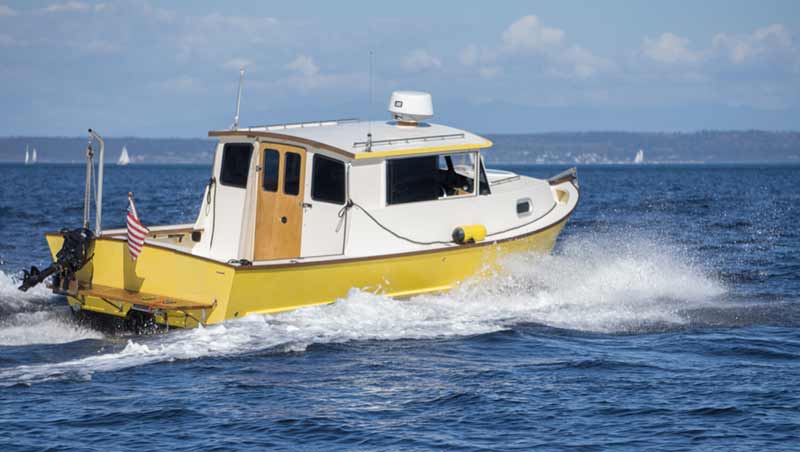
Home Port:
Lake Oswego, ORYear Built:
2004–2006LOA:
27'Beam:
8'Owner:
Ray Brown and Anne ThompsonDesigner:
Renn TolmanDesign:
Tolman Alaskan Skiff Jumbo 24Type:
Power"Bright Star" is a Tolman Jumbo 24, from a design by Renn Tolman of Homer, Alaska. As are all the Tolman boats, she is a... -
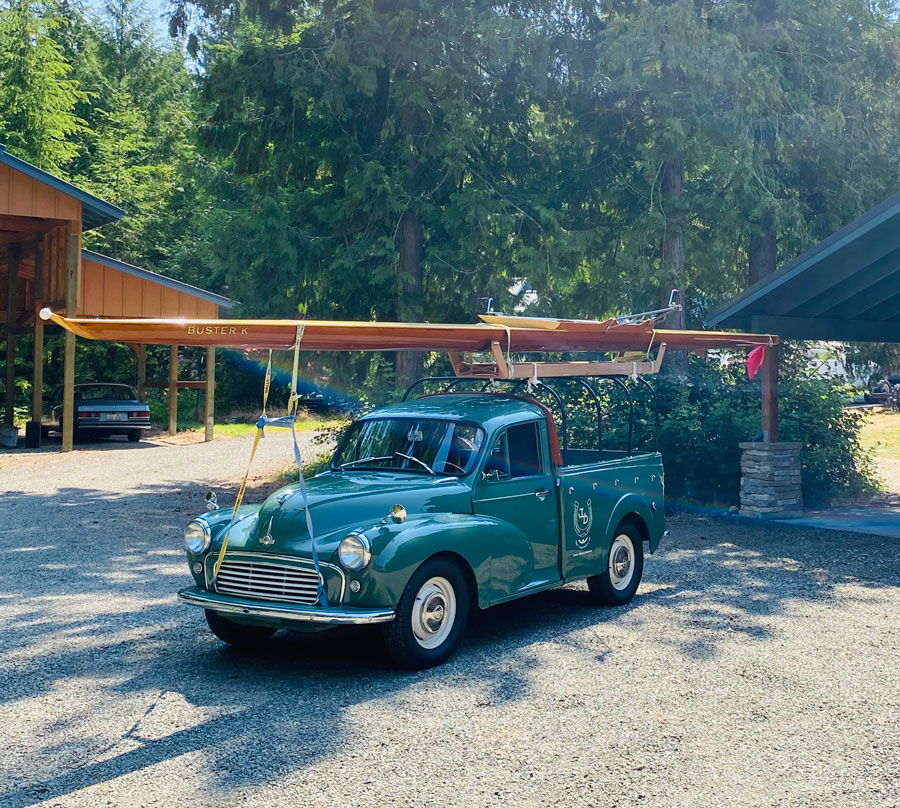
Home Port:
Port Townsend, WAYear Built:
1980LOA:
28'Owner:
Devin DwyerDesigner:
George PocockDesign:
Sculling SingleType:
RowThe boat was rowed at UCI in southern California. It had been sitting for a couple decades collecting dust and deteriorating. I brought it up... -
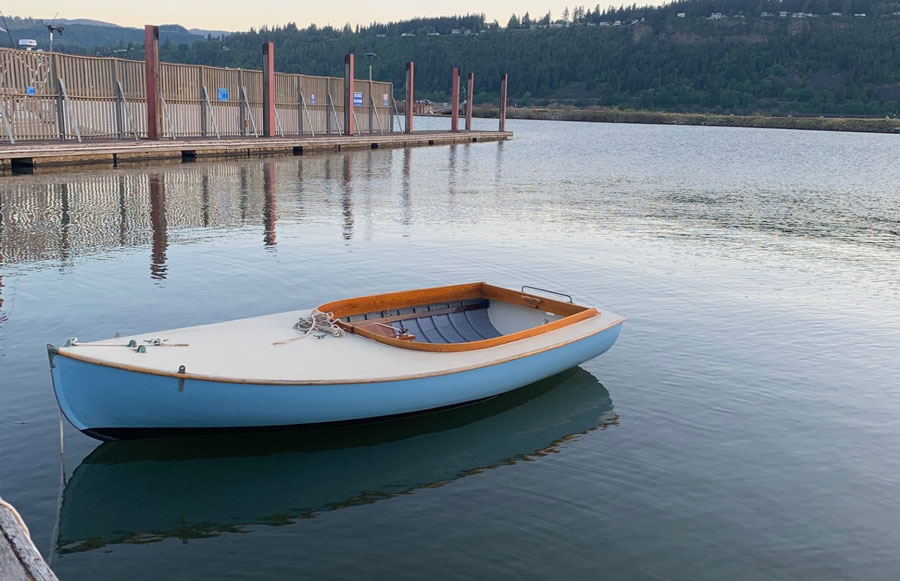
Home Port:
Hood River, ORYear Built:
1975LOA:
12'3"Beam:
6'Owner:
Ryan WalshDesigner:
John BeetleDesign:
Beetle CatType:
Sloop12' long of Cedar on Oak, built in 1975 at the Concordia yard in Mass. and restored in 20o4 in Portland Oregon. Annual upkeep and... -
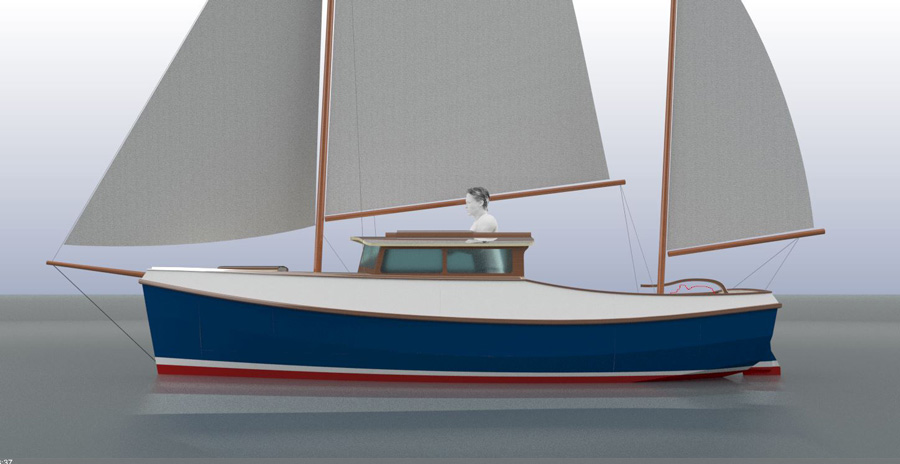
Home Port:
Victoria, B.C.Year Built:
2022LOA:
24'Beam:
6'6"Owner:
Alex ZimmermanDesigner:
Tad RobertsDesign:
CoPogy 18Type:
YawlCamas Moon is the first boat built to Tad Roberts’ new CoPogy 18 design. She is 18’ LOD, 24’ LOA, 6’6” beam, and 9” draft.... -
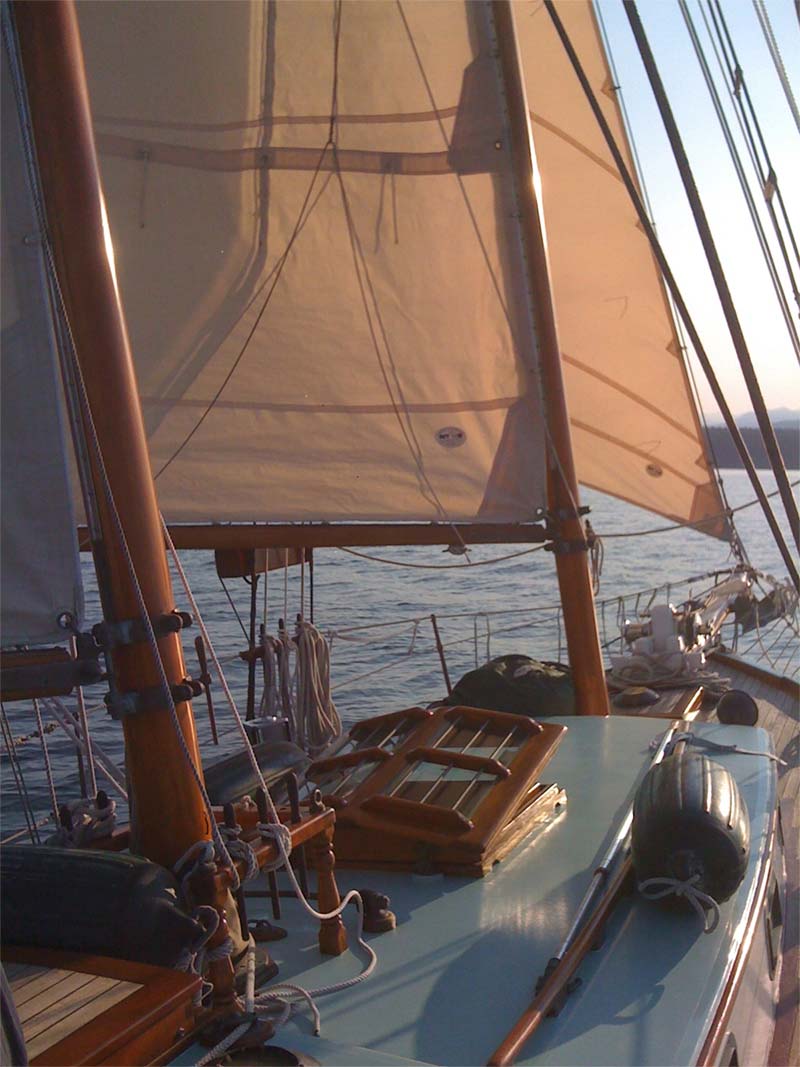
Year Built:
1994Owner:
Matt and Stephanie McClearyDesigner:
AtkinsDesign:
Maid of KentType:
SchoonerCeridwen was lofted in the fall of 1982 at Magner and Sons Boatworks by John and Kevin Magner and Matt McCleary. Matt continued on with... -
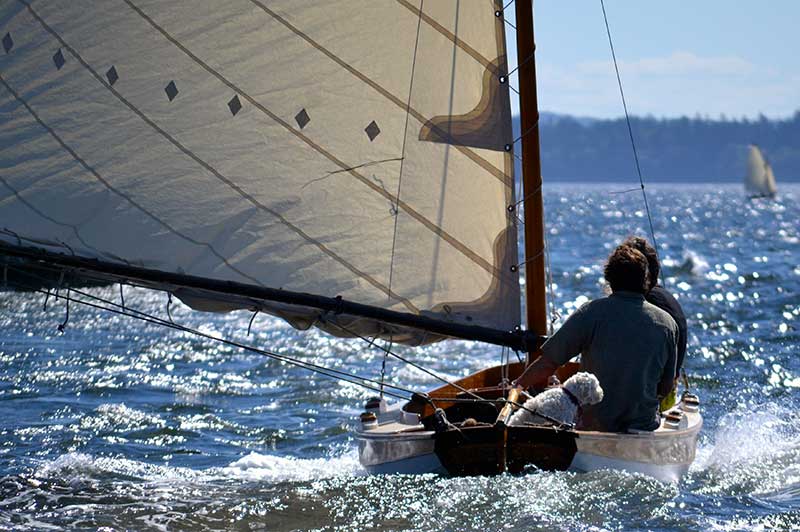
Home Port:
Renton, WAYear Built:
1986LOA:
19'Beam:
5' 8"Owner:
David SmithDesigner:
Charles MowerDesign:
Swampscott Racing DoryType:
SloopUsing only the lines drawing from the Dori book we measured and created a sheet of offsets to loft her. Thanks to the Newport Marine...
